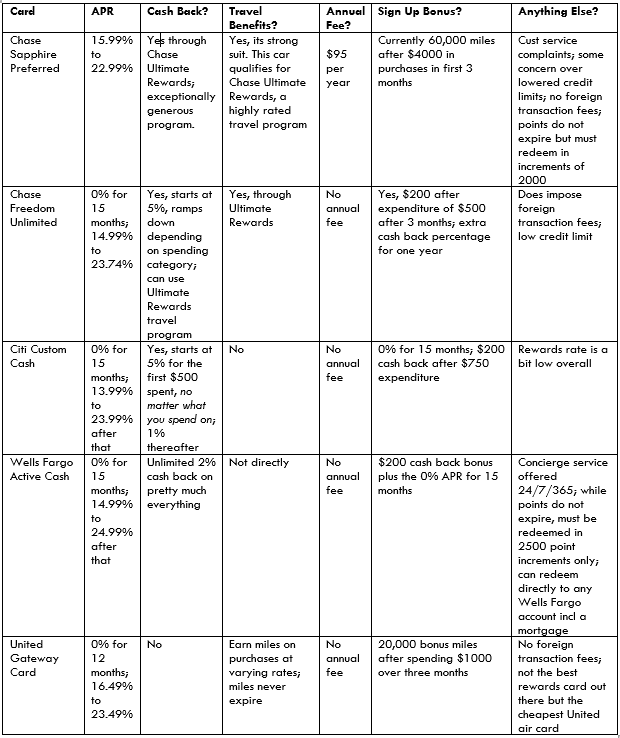Ever since the Federal Reserve was founded in 1913 as a result of upheaval in the wake of the 1907 banking panic, it has depended on the public faith to maintain its legitimacy. Yet throughout history that faith has waxed and waned, occasionally sideswiping markets.
What do we mean by ‘faith in the Fed’ and why is it important?
In the early days of our nation’s banking system, bank panics were all too common. These resulted in institutional failures, loss of depositors’ money, and general volatility that made it difficult for businesses to function long term. Banks needed a source of emergency reserves, and the public needed a reason to calm down when panics gripped markets. The Fed provides these benefits. With just a couple of objectives on its docket, it was relatively easy over time to trust that the Fed would be a backstop against crises.
Over time, however, the Fed has experienced mission creep. It is now responsible for price stability, employment, and currency controls – heavy burdens in our complex economy. Occasionally, these aims also become mutually exclusive. Recently history has shown that the Fed’s actions sometimes cause problems that it must then fix. Very low interest rates for long periods of time caused housing prices to de-couple from inflation and become more volatile. A willingness to create liquidity in bond markets muddled price signals and caused investors to take too much risk. And just recently, the Fed called inflation a ‘transitory’ phenomenon, when it wasn’t. The gradualist approach to hiking rates has some merit, but as inflation rages on, market participants are questioning the Fed’s credibility.
Chairman Powell has a chance – albeit slim – to be correct. If he is correct that a measured approach to raising rates will ease price pressures without spurring unemployment, the Fed can regain investor credibility. But if the Fed’s actions plunge us into another recession, its credibility will continue to erode, causing market volatility along the way. The route away from this erosion of trust is a reassessment of exactly what the Fed can and cannot accomplish, and perhaps a reversion to its original goals. Certainly, it should not be burdened with more tasks that its tools cannot allow it to achieve.

